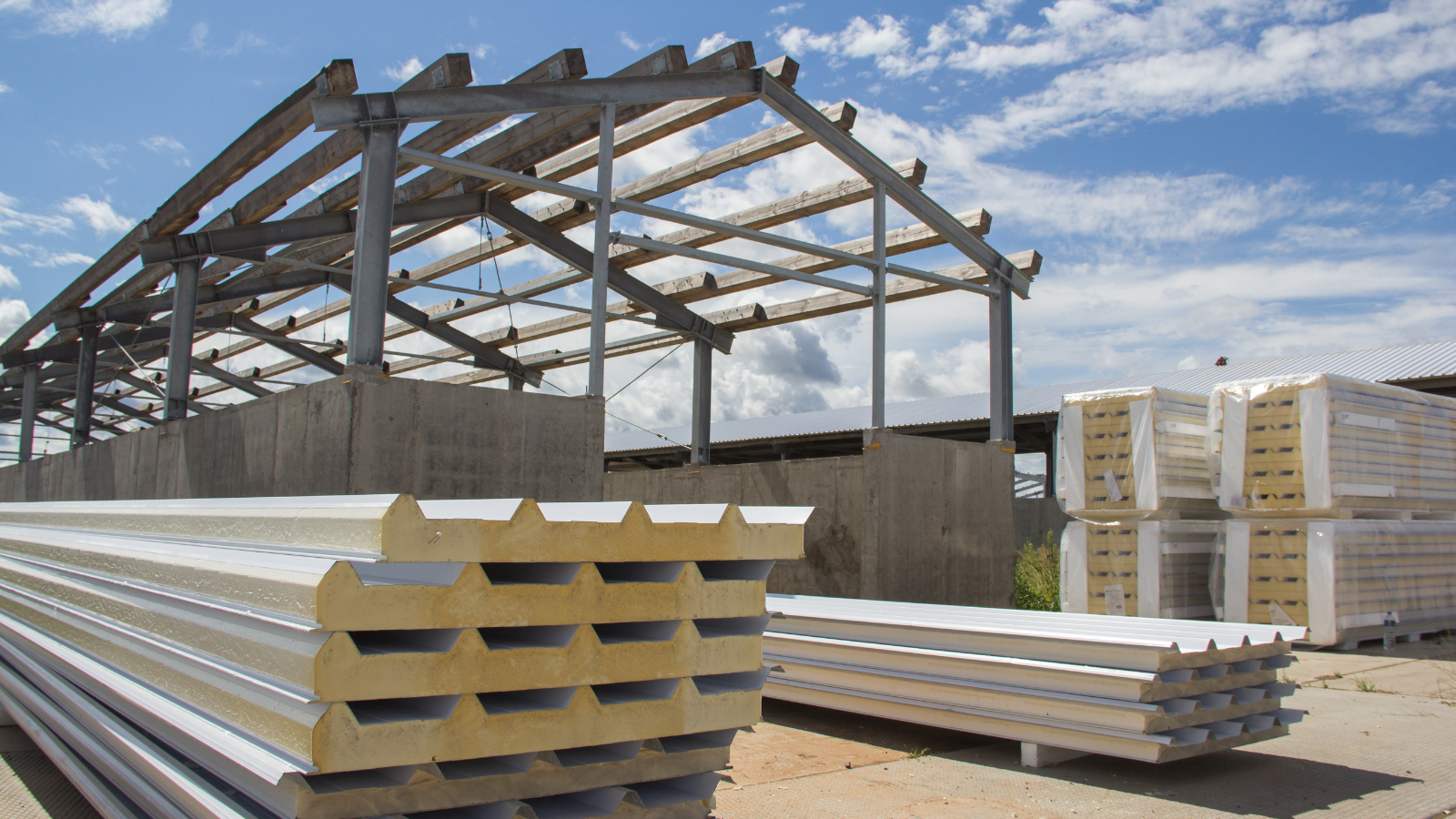In the realm of construction, one of the pivotal processes that can significantly impact project success is the Construction Material Takeoff. This article delves into the nuances of material takeoffs, explores the challenges faced, and elucidates how the right technology can streamline this critical aspect of construction estimating and management.
Introduction
Construction Material Takeoff stands as a cornerstone process in any construction project, essential for accurate cost estimation and resource planning. The essence of this process lies in its ability to quantify and delineate the materials required for a project, influencing budgetary allocations and project timelines.
Understanding Construction Material Takeoff
A. Definition and Purpose
At its core, Construction Material Takeoff refers to the meticulous process of quantifying and listing the materials needed to complete a construction project. It serves as the blueprint for material procurement, resource allocation, and cost estimation.
B. Components of Material Takeoff
- Quantities and Measurements
- Material Specifications
- Labor Requirements
C. Role in Construction Estimating
Material takeoff serves as the foundation for construction estimating, enabling project stakeholders to forecast costs accurately, mitigate risks, and make informed decisions.
Challenges in Material Takeoff Process
A. Manual Methods vs. Digital Solutions
In the traditional paradigm, material takeoffs were often performed manually, leaving room for errors and inefficiencies. Transitioning to digital solutions offers automation and precision, but adoption challenges persist.
B. Human Error and Inaccuracies
Manual data entry and calculation errors pose significant challenges to the accuracy and reliability of material takeoffs. Even a minor discrepancy can lead to substantial cost overruns and project delays.
C. Time and Resource Constraints
The time-intensive nature of manual takeoff processes, coupled with resource constraints, often impedes the timely completion of projects, impacting overall project delivery.
Benefits of Using Takeoff Software
A. Automation and Efficiency
Takeoff software automates the quantification process, reducing manual intervention and improving overall efficiency. Tasks that once took hours can now be completed in minutes, enhancing productivity and workflow.
B. Accuracy and Precision
By leveraging digital tools, construction professionals can achieve unparalleled accuracy and precision in material quantification, minimizing errors and discrepancies that could derail project timelines.
C. Integration with Project Management Systems
Takeoff software seamlessly integrates with project management systems, facilitating data exchange and collaboration among project teams. This integration streamlines communication and ensures alignment across all project phases.
Selecting the Right Takeoff Software
A. Considerations for Choosing the Software
When selecting takeoff software, factors such as ease of use, scalability, and compatibility with existing systems should be carefully considered to ensure seamless implementation and adoption.
B. Features and Functionalities to Look for
Key features to look for include comprehensive material databases, customizable templates, and real-time collaboration capabilities, empowering construction professionals to streamline their workflows and optimize project outcomes.
C. Cost and Return on Investment
While cost is undoubtedly a factor, it’s essential to evaluate the long-term return on investment offered by the selected software solution. Investing in robust takeoff software can yield significant cost savings and operational efficiencies over time.
Steps in the Material Takeoff Process
A. Initial Project Assessment
Before commencing the material takeoff process, a thorough assessment of project requirements, specifications, and timelines is essential to establish a clear roadmap for execution.
B. Gathering Project Documentation
Gathering relevant project documentation, including blueprints, drawings, and specifications, provides the foundational information required to initiate the construction material takeoff process.
C. Identifying Material Quantities
Utilizing takeoff software, construction professionals meticulously quantify the materials required for the project, considering factors such as material specifications, dimensions, and quantities.
D. Calculating Labor Requirements
In addition to material quantities, labor requirements are also factored into the takeoff process, ensuring comprehensive resource planning and allocation throughout the project lifecycle.
E. Reviewing and Finalizing Takeoff Data
A critical step in the material takeoff process involves reviewing and finalizing the takeoff data to ensure accuracy, consistency, and alignment with project requirements and specifications.
Best Practices for Construction Material Takeoffs
A. Standardization of Processes
Establishing standardized processes and protocols for material takeoffs ensures consistency and reliability across all projects, minimizing errors and discrepancies.
B. Double-Checking and Verification
Implementing rigorous quality control measures, including double-checking and verification of takeoff data, helps mitigate the risk of errors and ensures the accuracy and integrity of project estimates.
C. Continuous Training and Skill Development
Investing in ongoing training and skill development programs empowers construction professionals with the knowledge and expertise required to leverage takeoff software effectively and optimize material quantification processes.
Integration with Estimating and Project Management
A. Seamless Transfer of Data
Seamless integration between takeoff software, estimating software, and project management systems facilitates the transfer of data, streamlining communication and collaboration among project stakeholders.
B. Collaboration Among Project Teams
Integrated platforms enable real-time collaboration among project teams, fostering transparency, accountability, and alignment across all project phases.
C. Tracking and Monitoring Project Progress
By integrating takeoff software with project management systems, construction professionals gain real-time visibility into project progress, enabling proactive decision-making and risk mitigation strategies.
Case Studies: Successful Implementation of Takeoff Software
A. Real-Life Examples of Improved Efficiency
Several case studies demonstrate how the implementation of takeoff software has significantly improved efficiency, reduced project timelines, and enhanced overall project outcomes.
B. Cost Savings and Time Reductions
By automating manual processes and minimizing errors, takeoff software has enabled construction companies to achieve substantial cost savings and time reductions, driving profitability and competitiveness.
C. Enhanced Accuracy and Project Management
The accuracy and precision afforded by takeoff software have revolutionized project management practices, enabling construction professionals to make data-driven decisions and mitigate risks effectively.
Future Trends in Material Takeoff and Estimating
A. Advancements in Technology
Continued advancements in technology, including artificial intelligence and machine learning, are poised to revolutionize material takeoff and estimating processes, further enhancing efficiency and accuracy.
B. Artificial Intelligence and Machine Learning
AI-powered algorithms have the potential to automate complex tasks, optimize material quantification processes, and provide actionable insights to construction professionals, driving innovation and competitiveness.
C. Predictive Analytics and Data Insights
By harnessing the power of predictive analytics and data insights, construction companies can anticipate project challenges, optimize resource allocation, and maximize operational efficiencies, paving the way for sustainable growth and success.
Conclusion
Construction Material Takeoff plays a pivotal role in the success of construction projects, influencing cost estimation, resource planning, and project management. By embracing the right technology and implementing best practices, construction professionals can significantly enhance the accuracy, efficiency, and profitability of their material takeoff processes, paving the way for greater success and competitiveness in the ever-evolving construction industry.







